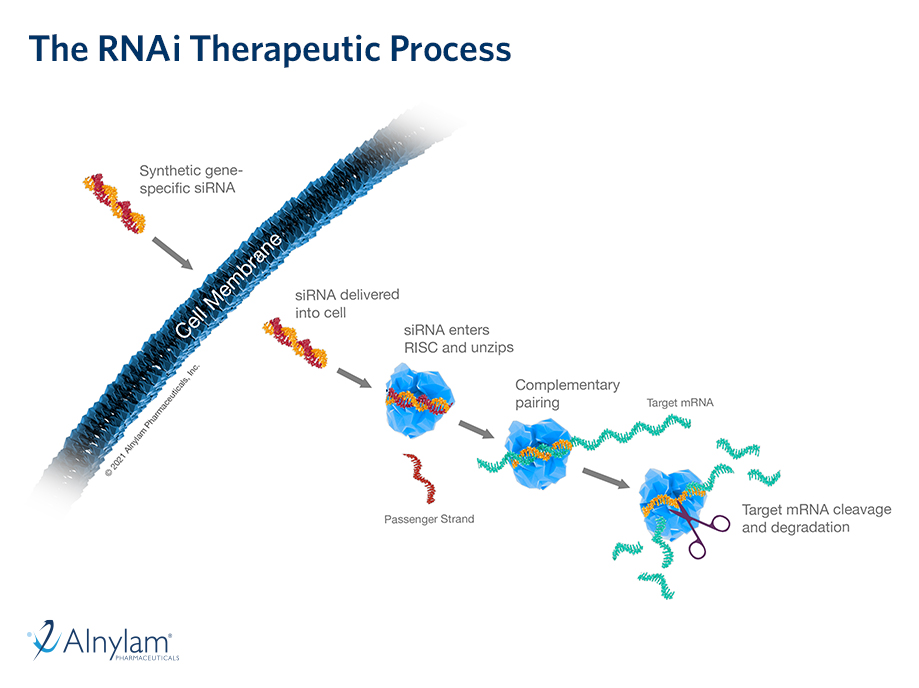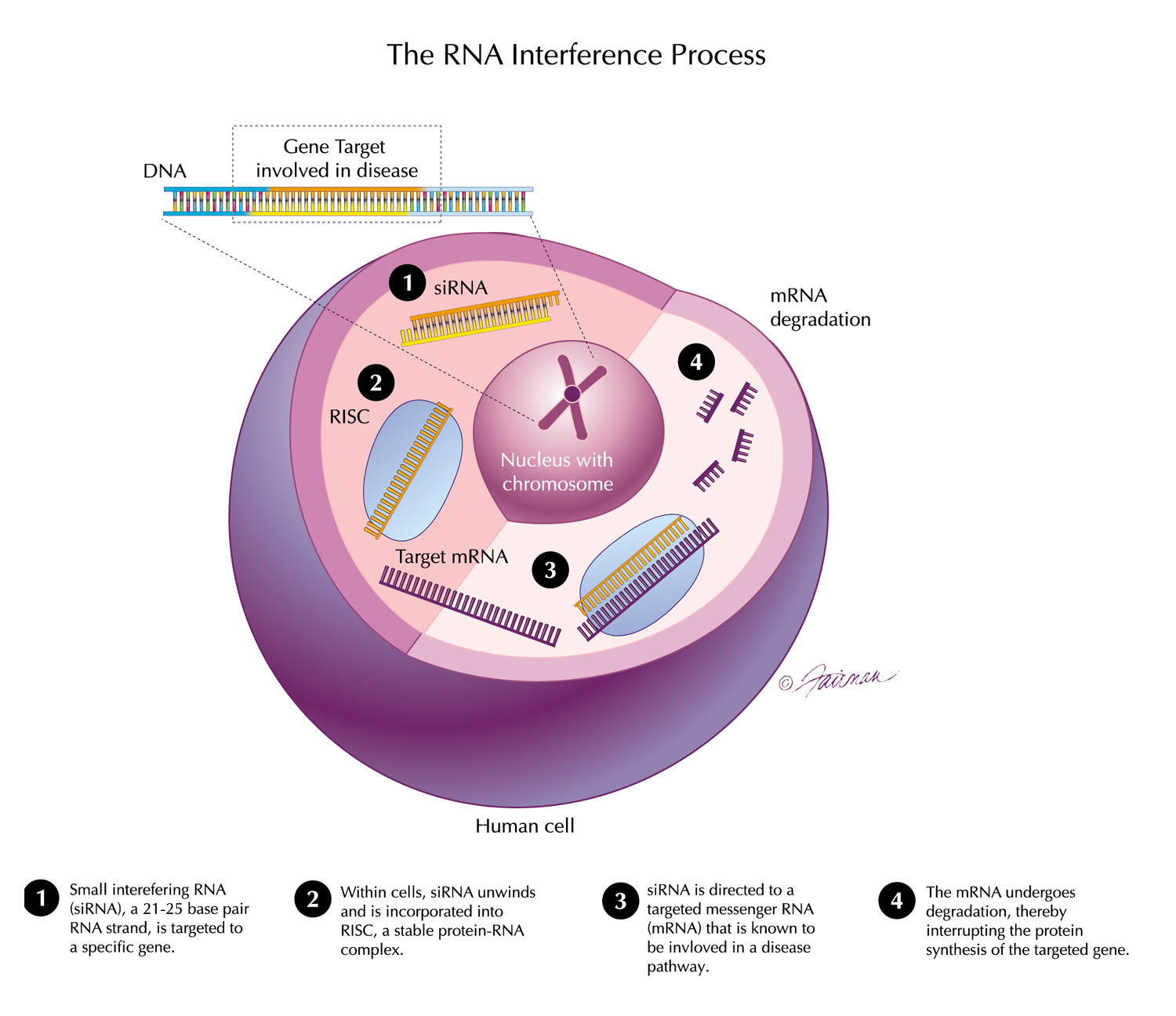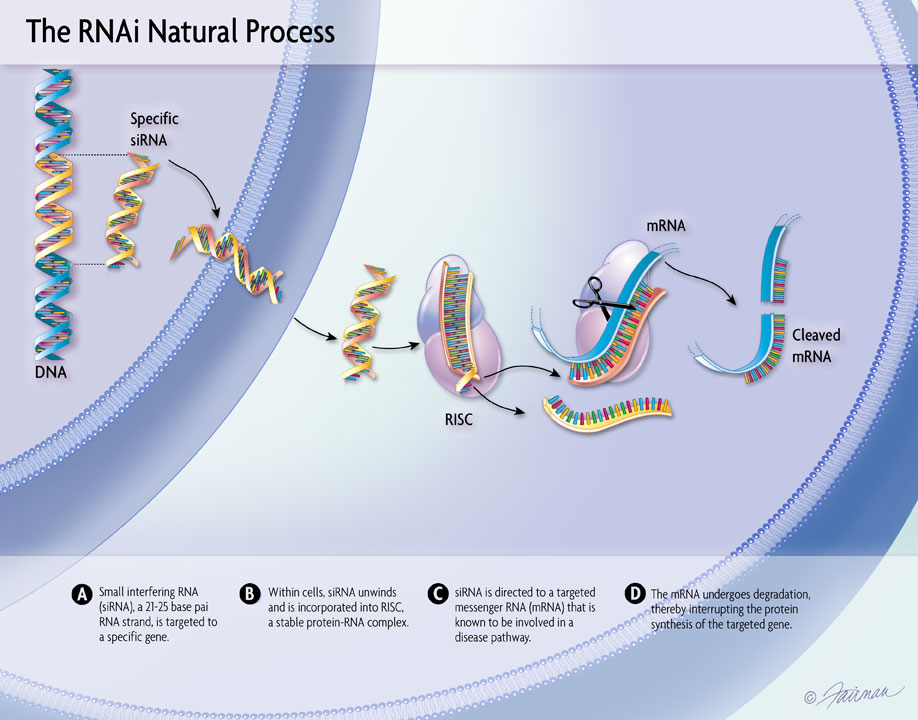
04 Oct, 2018 Updated Results from Phase 1/2 Study of Lumasiran at 2018 ESPN Annual Meeting
We presented updated positive results from the Phase 1/2 clinical study of lumasiran, an investigational, subcutaneously administered RNAi therapeutic targeting glycolate oxidase (GO) for the treatment of primary hyperoxaluria type 1 (PH1), at the 2018 European Society for Paediatric Nephrology (ESPN) Annual Meeting, held October 3-6, 2018 in Antalya, Turkey.
As of the data cut-off date of August 15, 2018, lumasiran demonstrated a mean maximal reduction in urinary oxalate of 75% (range: 43-87%) relative to baseline across cohorts dosed at 1 mg/kg monthly or 3 mg/kg monthly or quarterly (N=20). The mean reduction relative to baseline was 66% when measured 28 days post last dose. All patients (100%) achieved oxalate lowering to less than 1.5 times the upper limit of normal (< 0.69 mmol/24hr/1.73m2). Among patients receiving 3 mg/kg monthly or quarterly doses of lumasiran (N=12), 83% achieved urinary oxalate levels within the normal range (< 0.46 mmol/24hr/1.73m2). Furthermore, lumasiran-treated patients in all cohorts experienced a mean maximal decrease of 76% in the ratio of urinary oxalate to creatinine – a corroborative measure of oxalate reduction that addresses the variability that is inherent to 24 hour urine collections.
The Phase 1/2 safety results in patients with PH1 were based on a median study duration of seven months (range: 5 to 14 months) since first dose. As of the data cut-off date, there were no discontinuations from study treatment. Serious adverse events (SAEs) were reported for one patient (33%) receiving placebo and five patients (25%) receiving lumasiran; none were related to study drug. Adverse events (AEs) were reported in three (100%) patients during placebo dosing and 19 (95%) patients after lumasiran dosing. The majority of AEs were mild or moderate in severity and were assessed as unrelated to study drug. Injection site reactions (ISRs) were reported in three (15%) patients receiving lumasiran. ISRs were mild or moderate in severity and were self-limiting. Lumasiran was not associated with any clinically significant adverse laboratory findings. In patients receiving lumasiran, plasma glycolate levels increased consistent with the pharmacology of lumasiran and results from healthy volunteers in Part A of the Phase 1/2 study. This increase was not associated with any safety findings.
We are excited to have initiated the ILLUMINATE-A Phase 3 study, with an expected readout in late 2019, and look forward to continuing our work advancing lumasiran, which has the potential to address significant unmet needs for PH1 patients.


